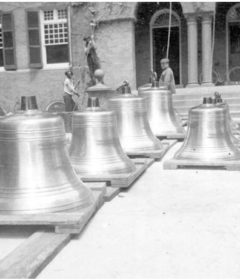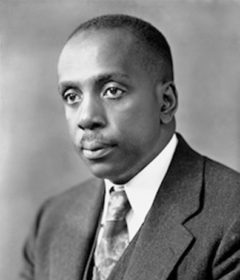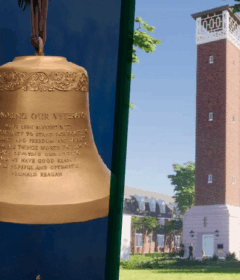A Look Back at the Historic Student Government Association Spring Elections
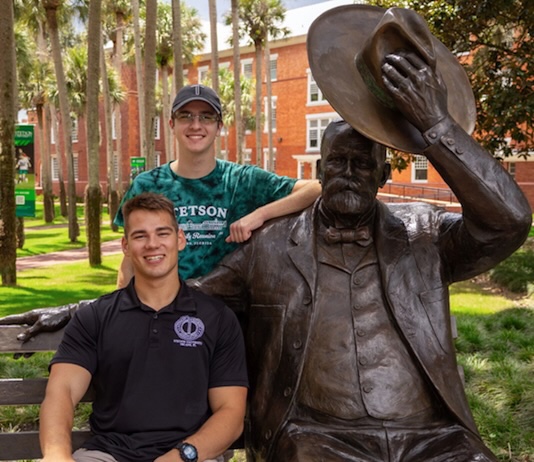
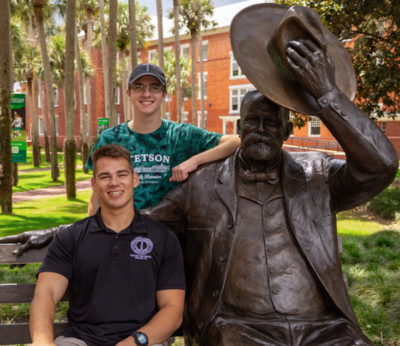
This spring’s Student Government Association election marked a historic moment in student engagement — not just in vote totals, but in participation.
In the end, Jackson Bumgarner (president) and Arianna Frounder-O’Harrow (vice president) won the election. Bumgarner, who served as vice president this past year, replaces me as new SGA president, an office I held since April 2024. Bumgarner, a senior this fall, and Frounder-O’Harrow, a junior this fall, will lead SGA for the 2025–2026 academic year.
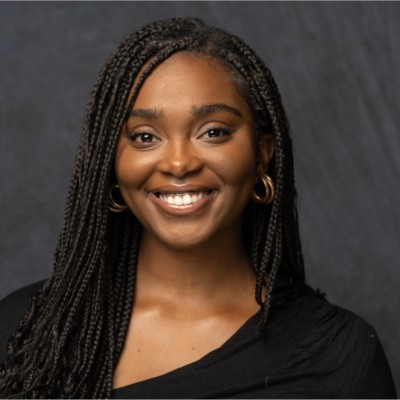
Yet, as the saying goes, there is more to the story. The 475 votes that were cast might not match the record-high 552 votes from fall 2020, but that tally alone doesn’t tell all.
Unpacking the Numbers
What makes the 2025 Spring semester stand out is turnout as a percentage of the student body. This year’s 21.82% turnout represents the highest participation rate in more than a decade of SGA elections, outpacing the previous high of 18.16% in Spring 2022. By contrast, post-COVID voter participation dipped to an all-time low of 2.46% in Fall 2021 and remained under 4% for four consecutive elections between the Spring 2023 and Fall 2024 semesters.
Stated another way, the Spring 2025 results represent a nearly six-fold increase in participation compared to Fall 2023 — a dramatic rise in activity.

This surge in civic engagement didn’t happen by accident. It reflects deliberate planning and structural reform, including a series of strategic improvements to strengthen election integrity and increase visibility. Election rules were restructured with the formation of a focused Elections Committee under the leadership of Asher Sochaczewski (a junior this fall). Along with a cohesive team effort, Sochaczewski’s real-world experience in political campaigns injected new energy and ideas into the process. The result was one of the most well-organized elections in recent memory.
Further, this spring’s turnout numbers reflect more than voter enthusiasm; they signal a cultural shift. Stetson students today are active participants in shaping campus leadership.
It was good to see.
Election Day Dynamics
As for the events of the actual election, the day was a rollercoaster for the presidential candidates. With no ticket earning a majority, there was a runoff between Jackson/Arianna and Joseph Ortiz/Rayah Yehnert. The final results of the presidential election: Bumgarner and Frounder-O’Harrow received 204 votes (42.94%); Joseph Ortiz and Rayah Yehnert, 142 votes (29.89%); and Clifford Deitelbaum and Mackenzie Cunningham, 129 votes (27.15%).
Throughout election day, political strategies were widely evident, with targeted outreach playing a key role. A campuswide email with personalized voting links, combined with tabling events offering snacks and drinks, helped drive the engagement. It was fun to watch.
In the other election races, incumbents faced a tough environment this cycle. Of the 22 SGA members who sought re-election, five were not re-elected. Stetson allows dual candidacy, enabling presidential and VP candidates to simultaneously run for Senate. All dual-ticket candidates who sought Senate seats won their senate races — highlighting the strength and reputation of the candidates even when they didn’t win top executive roles.
Historic Conclusion
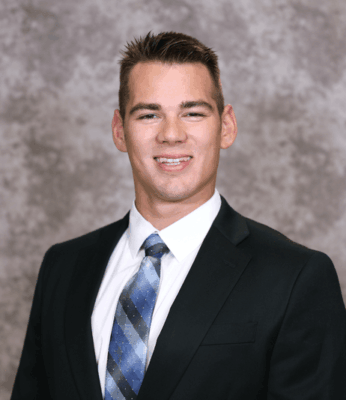
Both elections this year were record-breaking — again, not just in numbers, but in meaning. They symbolized a full-circle recovery from SGA’s COVID era, when, like everywhere, there was doubt and pause. Not anymore.
This year’s success represented wins for candidates and wins for Stetson’s student body. A campus culture of involvement has been reignited.
– Erik Eisold ’25, Former SGA President

